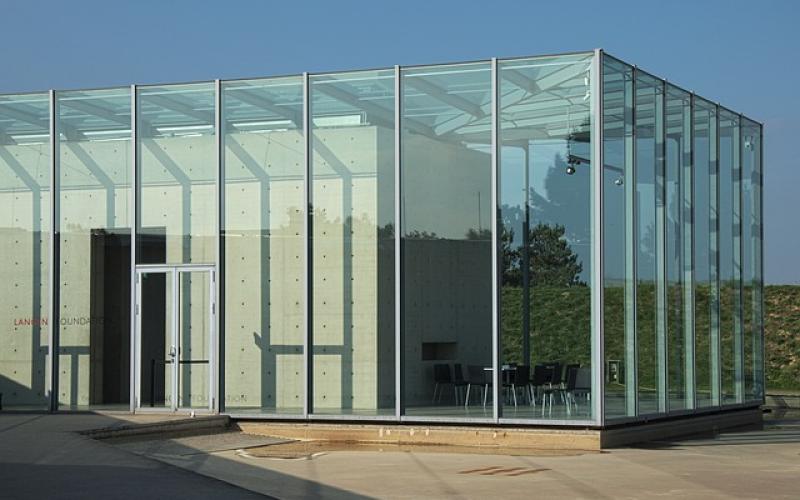Those who have been in IT for a while know that there are certain things that will always hold true. And, while Linux containers are newly registering on many IT and business pros’ radars these days, there are still some “old” best practices that can be applied to the technology.
The Linux container itself is not new. The container concept first appeared way back in 2000 as FreeBSD jail, which enabled IT administrators to partition the FreeBSD operating system into multiple subsystems. Shortly thereafter, the idea of an “isolated” environment made its way into VServer. Virtualization and containerization are two separate technologies, but containers owe more than just a passing nod to virtualization. Further, technologies such as control groups, the systemd initialization system, and user namespaces -- among many others--have combined to move containers from concept to proof of concept.
Today, more and more companies are picking up on the modern Linux container model to help them succeed in today’s dynamic and often complex business environment. Indeed, there is a lot of “new” when it comes to containers, but in no way should companies think of them as “in with the new, out with the old.” Rather, and interestingly, companies can rely on some tried-and-true best practices to help ensure success with containers. In this slideshow, I discuss eight rules that apply as much to Linux containers now as they have to other critically important technologies in the past.
(Image: patpitchaya/Shutterstock)

















